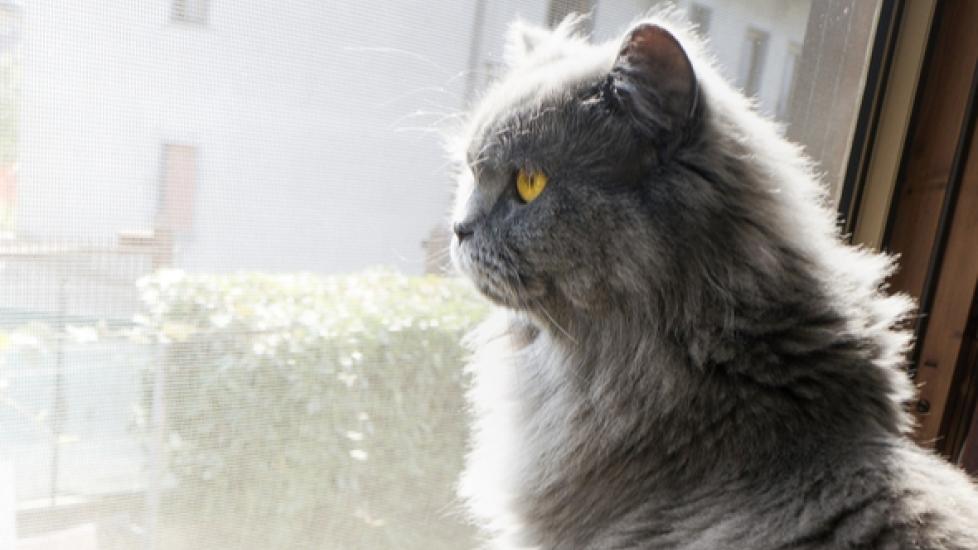Is Shaving a Cat a Good Idea to Keep Them Cool in the Summer?
Shaving a cat’s fur is sometimes a necessity. Cats with wounds and certain skin diseases can benefit because shaving aids in cleanliness and makes it easier to access and apply medications to the affected area. Cats often need to be shaved prior to surgery for much the same reasons, and if a cat’s fur becomes hopelessly matted, shaving may be the only recourse.
But what about the heat? When summer arrives, do cats, particularly those with long, thick or dark coats, suffer? Let’s look at whether or not shaving cats in the summer is a good idea.
What Is the Function of Cat Fur?
Cat fur serves many purposes. Yes, it helps keep cats warm, but it also protects the skin from injuries, is used in communication (think of an angry cat with her hackles raised), provides sensory input and helps keep cats dry. When temperatures get very hot, cat fur actually helps keep cats cool—the layer of air trapped within the coat can act as a buffer against extreme environmental heat.
Sunburn can be a real problem for cats whose skin is not protected by cat fur. Not only are sunburns painful, but they are also a major risk factor for certain types of cancer, including squamous cell carcinoma (SCC), which is common in cats. SCC tends to affect thinly haired parts of the body like the bridge of the nose, eyelids and tips of the ears. White cats are at a higher than average risk for squamous cell carcinoma because their cat fur does a poorer job of blocking harmful ultraviolet light than darker cat fur does.
In fact, cat fur provides so many benefits that should large areas of your cat’s body need to be shaved for medical reasons, you might need to consider getting some cat apparel to temporarily protect the skin.
Shaving Indoor Versus Outdoor Cats
If your felines have an indoor-only lifestyle, shaving cats should not be necessary for heat reasons, even if they have long or dark fur. It is unlikely that your home will become so hot that they won’t be able to find a comfortable place to rest. Cats will avoid sunny windows and areas that have been heated up by direct sunlight if they become too warm. Indoor cats have the luxury of taking it easy in a cool corner for most of the day. They will be fine as long as they have access to enough of fresh water should they need to drink more to stay hydrated.
Cats who go outside tend to be more active and can experience more extreme heat, but they need the protection afforded to them by their cat fur even more than do their indoor-only counterparts. Shaving a cat who lives outdoors puts them at risk for sunburn or other skin injuries, and the cat could even become hypothermic should he become wet or if the temperatures drop. If you are convinced that your long-haired or dark-colored kitty will become overheated outdoors, it’s far safer to keep him inside than it is to shave him.
The Importance of Grooming
Routine grooming will keep your cat’s coat fully functional. Brushing helps remove shed hair and prevents uncomfortable mats from developing. If you have trouble keeping your long-haired kitty mat free, find a groomer with experience handling cats. In extreme situations, they can trim your cat’s coat (to no shorter than an inch or so) so that it is more manageable, but still provides all the protection that your cat needs.
